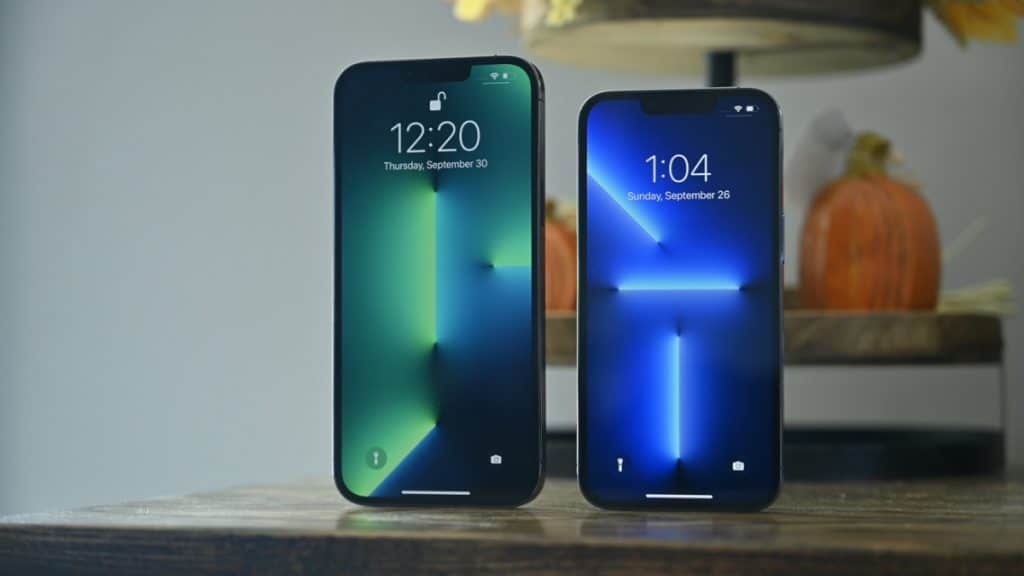Nowadays, mobile phones let you access the online world like personal computers. Thus, they are becoming the preferred mode of internet access.
Hackers are thus slowly shifting their focus to mobile phones from only computers. It’s known that during every quarter of 2020, 14 million new malware attempts to infect mobile phones worldwide.
So, to ensure that your mobile phone stays protected from all sorts of viruses, here are some preventive tips:
1. Be cautious while using Wi-Fi networks
Public Wi-Fi networks are never secure. Accessing sensitive private or corporate information while waiting at the airport may make your system vulnerable to exploitation by malicious users.
Through wireless traffic, hackers may steal and misuse your information. So, before connecting with a Wi-Fi network, connect to your VPN server and secure your digital information.
Besides that, always choose a safe Wi-Fi network that needs a password to log in. Never connect with public Wi-Fi networks that have strange names.
2. Treat your phone like a computer
Most people give great priority to their computers. They pay attention to the links they click on, the things they download, and even install antivirus software. They don’t wait until a security breach happens. So, follow the same for your phone.
Additionally, depending on your operating system, look up how to find and clean viruses on iPhone or Android phones. After all, you don’t know whether your phone is infected with viruses.
3. Always keep your phone updated
While this sounds easy, not many people update their phones regularly. This happens because they use their phone so much that they don’t have enough time or patience to upgrade to the latest software and security rollouts.
However, updating your phone regularly will keep bugs at bay, improve performance, and protect the system from viruses.
It’s best to update your phone while sleeping or enable automatic updates. Even if you can’t update your phone regularly, always act promptly when you get critical security updates.
4. Keep your device encrypted
Another great way to protect your phone is to encrypt it fully. It’ll be difficult for anyone to hack or steal your information.
This also includes building strong passwords for your smartphone, SIM card, and its most important apps. If password attempts fail several times, the phone will be disabled or locked. It gives you further security from viruses.
5. Only use apps from verified sources
Whether it’s social media, shopping, or other utility apps, always download the official version from your phone’s app store.
Often, duplicate apps are built with lucrative offers. Ensure you don’t download such apps. Always check app developer information and reviews before you hit the download button.
For instance, some alternatives of messaging apps promise to show you deleted or unsent texts. Some alternative shopping apps offer you special discounts or even let you compare the same products on several other shopping apps.
Some apps are not on the official store at all. Instead, they are found only if you Google search them. Never download those apps. There’s a reason why it’s not approved on the app stores.
6. Frequently check app permissions
Some apps ask for temporary access to personal information – like your phone camera, photos, location, or microphone. You can’t use a particular feature if you don’t give access.
However, most people forget to remove the access. This makes your phone vulnerable to threats. So, regularly check your phone for such permissions and access and remove or disable them.
You must also avoid giving permanent access to personal information like photos. Instead, share the image using a photo manager app. Another option is to limit location permission only by letting an app access when you use the app.
7. Be cautious about text messages
Text messaging is another easy way to attract mobile malware. So, never forward sensitive information about social security, banks, credit cards, etc.
You must also be wary of incoming text messages with links. Call them to know what the link is about, even if it’s a loved one.
8. Ensure the padlock symbol is there on your browser
While you use your browser, the padlock icon implies that your connection is secure in terms of encryption.
So, look for this icon whenever you fill in personal information – like address or payment detail – on a website or send emails from your phone browser.
If the icon is missing, don’t enter any information and close the window immediately.
9. Regularly check your settings
Some default phone settings may also attract and permit malware invasion in your phone. For instance, the Auto-Connect feature of Wi-Fi is one such setting. The feature connects your phone to any public Wi-Fi, which is risky. Disable this feature immediately.
Conclusion
With these detailed steps, you can protect your phone much better. So, don’t delay any longer and embrace these practices!
